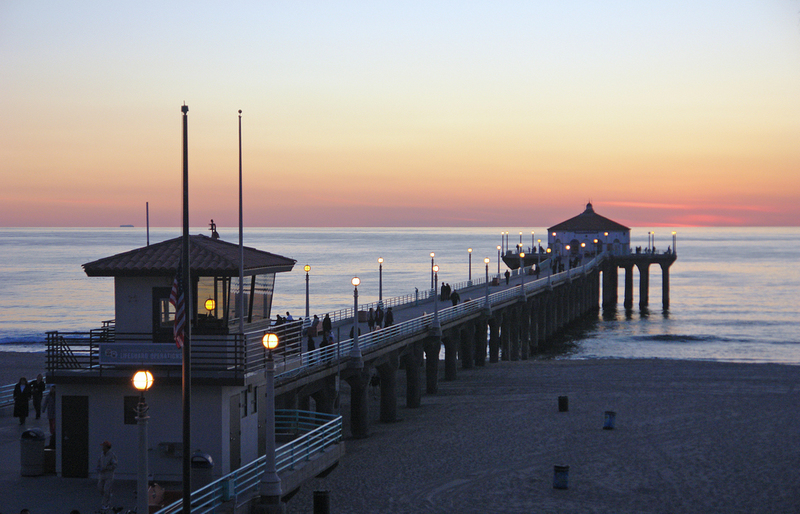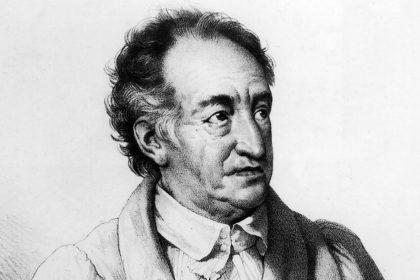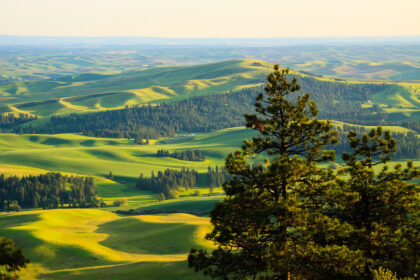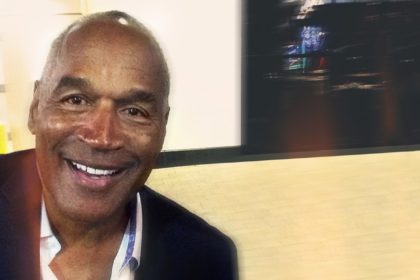Manhattan Beach is a city in southwestern Los Angeles County, California, United States, on the Pacific coast south of El Segundo, west of Hawthorne and Redondo Beach, and north of Hermosa Beach. Take a look below for 20 obscure and interesting facts about Manhattan Beach, California, United States.
1. As of the 2010 census, the population was 35,135, and in 2019 the population was estimated to be 35,183.
2. Manhattan Beach is one of the three Beach Cities, along with Hermosa Beach and Redondo Beach within the South Bay region of Los Angeles County.
3. The community is known for a long beach stretching approximately 2.1 miles (3.4 km) and roughly 450 feet (140 m) wide.
4. The climate is unusually moderate because of Manhattan Beach’s proximity to the Pacific Ocean, with an average year-round high temperature of 69.1 °F (20.6 °C) and an average year-round low of 56.4 °F (13.6 °C).
5. The sandy coastal area was likely inhabited by the Tongva tribe of Native Americans. Archeological work in the nearby Chowigna excavation show evidence of inhabitants as far back as 7,100 years ago.
6. The Tongva Village of Ongovanga was located near neighbouring Redondo Beach.
7. It has been mentioned at the Historical Society that the location of a portion of current day Manhattan Beach may have been used as a Native American burial grounds.
8. In the mid-18th century, the Portolá expedition was the first European land exploration of present-day California. It traveled north from San Diego to the San Gabriel Valley, Los Angeles Basin, San Fernando Valley, Monterey Bay, and San Francisco Bay.
9. In 1784, the Spanish Crown deeded Rancho San Pedro, a tract of over 75,000 acres (300 km2), to soldier Juan José Domínguez. It included what is today the entire Port of Los Angeles; San Pedro, Los Angeles; Harbor City, Los Angeles; Wilmington, Los Angeles; Carson; Compton; the Dominguez Hills; Lomita; the Palos Verdes Peninsula; Redondo Beach; Hermosa Beach; Manhattan Beach; and Torrance.
10. In 1863, a Scottish immigrant, Sir Robert Burnett, purchased Rancho Sausal Redondo and Rancho Aguaje de la Centinela from Avila’s heirs for $33,000. Ten years later in 1873, Burnett leased the ranch to a Canadian, Daniel Freeman (not the American of the same name, who was the first to file a claim under the Homestead Act of 1862).
11. Burnett returned to Scotland. Freeman moved his wife and three children onto the ranch and started growing various crops. On May 4, 1885, Freeman bought the ranch from Burnett for $140,000. At some point after this the location was informally called “Shore Acres.”
12. George H. Peck owned the land that became part of the north section of Manhattan Beach. A coin flip decided the town’s name. Around 1902, the beach suburb was named “Manhattan” after developer Stewart Merrill’s home, the New York City borough of Manhattan.
13. “Beach” was appended to the city’s name, in 1927, at the behest of the postmaster.
14. Upon the city’s incorporation in 1912, Peck divided out a 2 block area for minority residents on the beachfront. The Bruce family bought some of the area and developed it into the first beach resort for Black Americans in southern California, Bruce’s Beach.
15. In the 1920s, the Ku Klux Klan began violently harassing the resort’s visitors, the Bruce family, and four other Black families that bought lots. In 1924, the city used eminent domain to seize the land from the Black property owners under the pretense of building a park.
16. In 2021 California Governor Gavin Newsom, ordered by law to begin procedures for immediate restitution of property to descendants of the family.
17. The land in Manhattan Beach was formerly sand dunes. During the 1920s and 1930s, Kuhn Brothers Construction Company leveled uneven sandy sites and some excess sand was sold and shipped to Waikiki, Hawaii, to convert their reef and rock beach into a sandy beach.
18. The sand was also used to build the Los Angeles Coliseum and portions of the Pacific Coast Highway.
19. The McMartin preschool trials, allegedly an example of day care sex abuse hysteria, started with investigations of a Manhattan Beach preschool in 1983. The trials ran from 1987 to 1990 and resulted in no convictions. HBO dramatized this case in the Emmy-winning Indictment: The McMartin Trial, which was partially filmed in Manhattan Beach.
20. The Manhattan Beach Historical Society is now in charge of preserving the history of the city.




